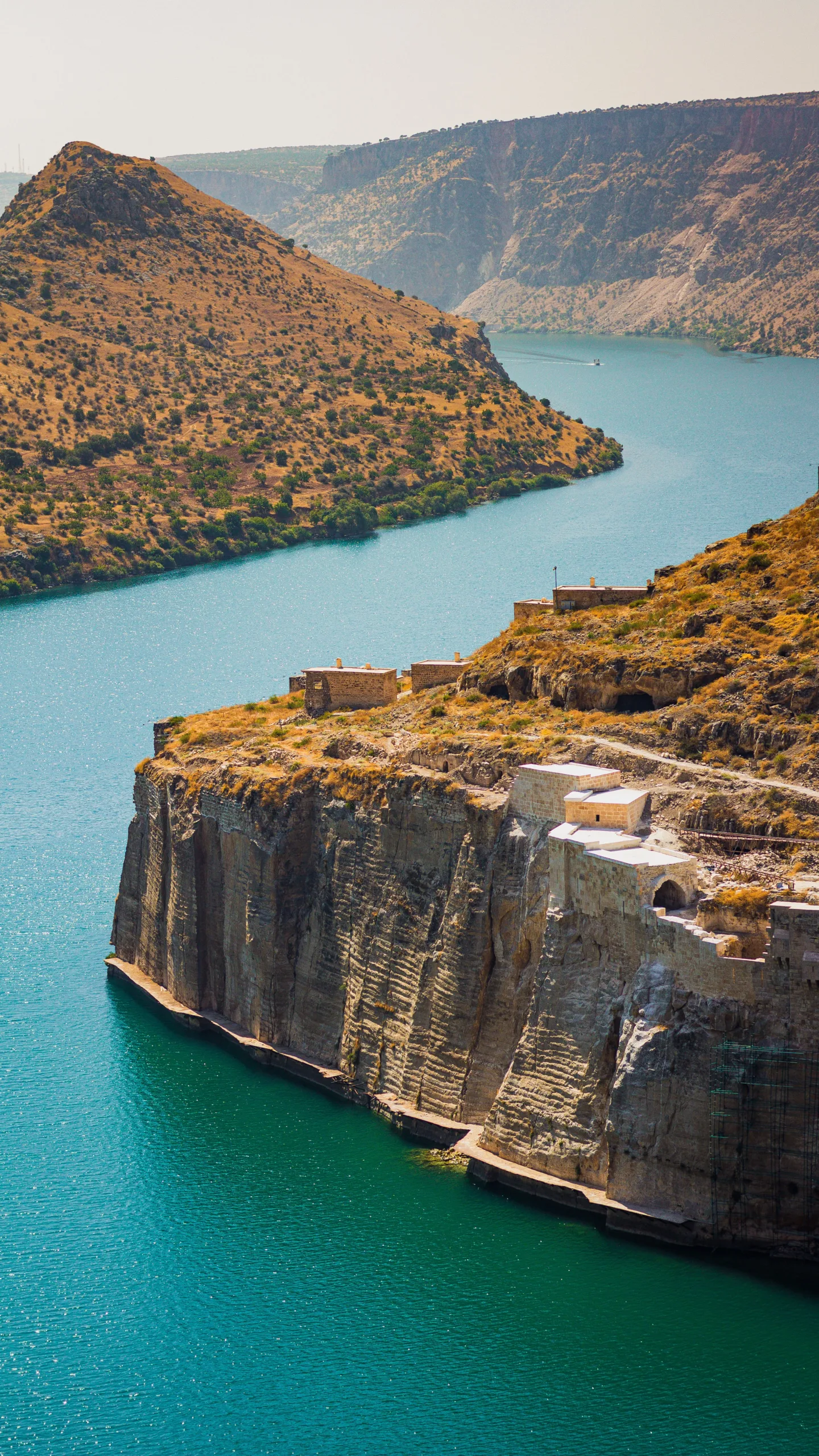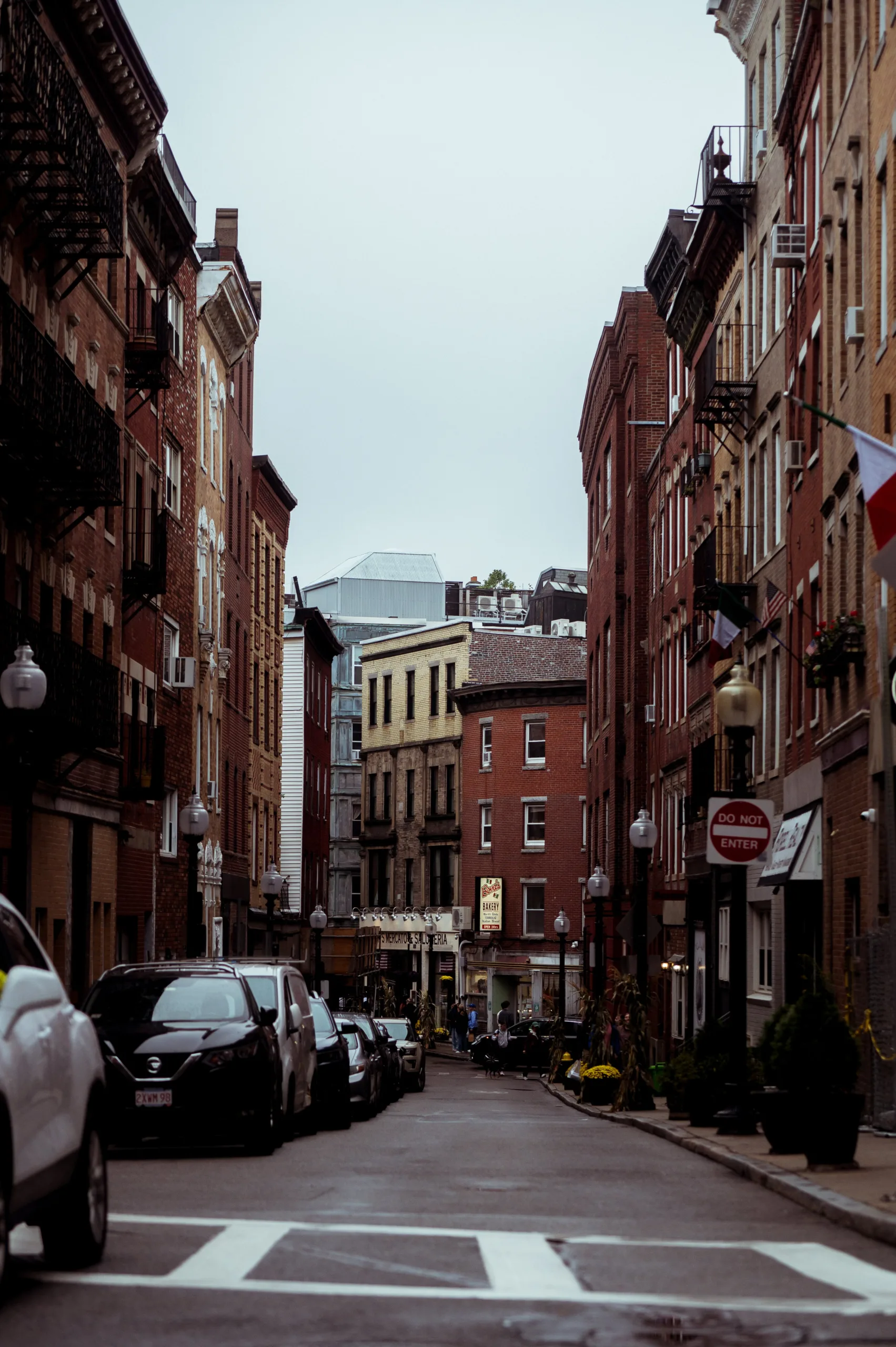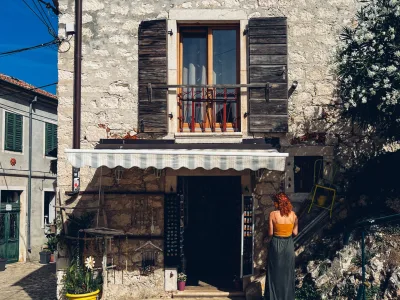HISTORY OF SLOW TRAVEL
Welcome to a journey of tranquility and mindfulness, where time slows down, and every moment is savored. This is the world of slow travel - a movement that invites us to embrace the beauty of taking things at our own pace. In today's fast-paced society, where rush hour traffic and hectic schedules rule our lives, slow travel offers a refreshing escape from the chaos. So join me as we delve into the history of slow travel, uncover its benefits, explore traditional forms, and discover modern adaptations that will inspire you to embark on your own unhurried adventure. Get ready to unlock a new way of experiencing the world around you!
Definition of Slow Travel
Slow travel is more than just a vacation; it's an intentional way of exploring the world that encourages us to immerse ourselves in each destination fully. It's about embracing the journey rather than rushing to tick off tourist attractions on a checklist. Slow travel allows us to connect with local cultures, traditions, and people on a deeper level.
At its core, slow travel is all about slowing down and savoring every moment. It means taking the scenic route instead of hopping on a plane or train from one destination to another. It involves staying longer in one place, allowing yourself ample time to truly experience it - be it trying local cuisine, wandering through charming streets, or engaging in meaningful conversations with locals.
Moreover, slow travel fosters mindfulness by encouraging us to be present and attentive during our travels. Instead of constantly chasing after the next Instagrammable spot or racing against time for sightseeing tours, we learn to appreciate the simple pleasures that surround us – like watching a mesmerizing sunset over a tranquil beach or enjoying a leisurely stroll through vibrant markets.
In essence, slow travel promotes sustainable tourism practices as well. By reducing our carbon footprint through less air travel and choosing eco-friendly accommodations and transportation options whenever possible, we contribute positively towards preserving the environment for future generations.
So why rush when you can take your time? Slow travel invites you to embrace serendipity and wander without haste. Whether it's meandering through cobblestone alleyways in ancient cities or relishing breathtaking landscapes at your own pace – slow down and let each step unfold naturally as you embark on this transformative journey called slow travel!
The Origins of Slow Travel
In the fast-paced world we live in today, it's easy to forget that there was once a time when travel was a slow and deliberate process. The origins of slow travel can be traced back to ancient civilizations, where people would embark on long journeys by foot or animal-drawn carriages.
Before the invention of modern transportation methods such as airplanes and cars, traveling from one place to another took time and required patience. People would take their time to enjoy the journey itself, rather than rushing to reach their destination. It was a way of life that allowed travelers to immerse themselves in the beauty of nature and truly appreciate their surroundings.
One example of traditional slow travel is the pilgrimage. For centuries, people have embarked on religious pilgrimages as acts of devotion or penance. These journeys often involved walking long distances over several days or even weeks, giving pilgrims ample opportunity for reflection and spiritual growth.
Another example is the Grand Tour, popularized in Europe during the 17th and 18th centuries. Wealthy young men would undertake an extended trip across Europe as part of their education and cultural enlightenment. This slow-paced journey allowed them to experience different cultures, visit historic sites, and engage in intellectual pursuits along the way.
Today, while modern forms of transportation have made travel faster and more convenient than ever before,
the concept of slow travel has not been completely lost. Many people are embracing this slower approach as a way to disconnect from technology, reconnect with nature, and truly experience new destinations.
From hiking through remote mountain ranges to cycling along scenic coastal roads, slow travel allows us to fully immerse ourselves in our surroundings and create lasting memories. It also promotes sustainable tourism practices by reducing our carbon footprint and supporting local communities.


Benefits of Slow Travel
When it comes to travel, the fast-paced nature of our modern world often encourages us to rush from one destination to another, ticking off landmarks and snapping pictures along the way. But what if there was a different approach? Enter slow travel, a movement that advocates for taking things at a more leisurely pace and truly immersing oneself in the experience.
One of the key benefits of slow travel is that it allows you to fully appreciate your surroundings. By slowing down and spending more time in one place, you have the opportunity to delve deeper into local culture, connect with locals on a more meaningful level, and gain a richer understanding of the destination.
Another advantage is reduced stress. The constant hustle and bustle associated with traditional tourism can be overwhelming and exhausting. Slow travel provides an antidote by allowing you to relax, unwind, and take things at your own rhythm. This can lead to increased overall well-being during your trip.
Slow travel also promotes sustainability by minimizing environmental impact. By staying longer in one place rather than hopping from city to city or country to country within short periods of time, you reduce carbon emissions associated with transportation. Additionally, supporting local businesses helps stimulate the economy in these communities.
Furthermore, slow travel fosters personal growth. It encourages self-reflection as you immerse yourself in new environments without constantly rushing through them. You may discover hidden talents or passions while engaging in activities such as cooking classes or art workshops offered by locals.
Slow travel offers numerous benefits including a deeper appreciation for your surroundings; reduced stress levels; sustainability practices; support for local economies; and opportunities for personal growth through cultural immersion. So why not embrace this alternative way of traveling on your next adventure? Take a step back from the fast-paced world we live in and allow yourself to truly savor every moment along the journey!
Examples of Traditional Forms of Slow Travel
Traditional forms of slow travel have been practiced for centuries and can be found all over the world. One example is pilgrimage, where individuals embark on a long journey to visit holy sites or sacred destinations. Pilgrimages often involve walking or cycling, allowing travelers to immerse themselves in the natural surroundings and experience a sense of personal growth and spiritual connection.
Another traditional form of slow travel is sailing. Before the invention of steam-powered ships, people relied on wind power to navigate the seas. This method allowed them to appreciate the vastness of the ocean and take their time exploring different ports along their route.
In some cultures, traveling by horse-drawn carriage or ox-cart was common. These slower modes of transportation not only provided a leisurely pace but also allowed travelers to interact with locals along the way, gaining insights into different customs and ways of life.
For those who prefer land-based journeys, there are long-distance hikes such as Spain's Camino de Santiago or Japan's Kumano Kodo. These trails offer opportunities for self-reflection while traversing breathtaking landscapes and historical landmarks.
Each traditional form of slow travel has its own unique charm and benefits. Whether it's walking a pilgrimage route or sailing across oceans, these methods encourage us to embrace a slower pace, connect with nature, learn from local communities, and ultimately discover more about ourselves in the process
Modern Adaptations of Slow Travel
Modern Adaptations of Slow Travel
In today's fast-paced world, where time seems to slip through our fingers like sand, the concept of slow travel has evolved to fit the needs and desires of modern travelers. While traditional forms of slow travel focused on embracing a leisurely pace and immersing oneself in the local culture, modern adaptations have added new dimensions to this concept.
One such adaptation is the rise of digital detox retreats. These retreats offer travelers a chance to disconnect from their screens and reconnect with themselves and nature. By stepping away from technology, participants can truly appreciate their surroundings and engage in meaningful experiences without distractions.
Another modern adaptation is eco-tourism. As environmental consciousness grows, more travelers are seeking sustainable options that minimize their impact on the planet. Slow travel aligns perfectly with this mindset by encouraging people to explore destinations responsibly, support local communities, and choose environmentally friendly modes of transportation.
Furthermore, there has been an emergence of experiential travel within the slow travel movement. This type of travel focuses on creating unique and authentic experiences for individuals rather than ticking off tourist attractions from a checklist. Whether it's learning how to cook regional cuisine or participating in cultural workshops, these immersive activities allow travelers to connect deeply with their destination.
Moreover, alternative accommodations such as farm stays or homestays have become increasingly popular among slow travelers who seek a more intimate experience with locals while supporting sustainable tourism practices. These types of accommodations provide opportunities for cultural exchange that cannot be replicated in traditional hotels.
Lastly but not least important is the growing trend towards conscious eating during travels including visiting farmers' markets or participating in food tours that highlight local produce and traditional dishes. By engaging with regional food culture, slow travelers can gain insight into culinary traditions while supporting local businesses.
In conclusion (as per your request), modern adaptations have breathed new life into the concept of slow travel by catering to contemporary needs whilst preserving its core values - taking the time to appreciate and engage with our surroundings, fostering meaningful connections, and embracing
Sustainable Tourism and Slow Travel
As we become more aware of the impact our actions have on the environment, sustainable tourism has emerged as a key concept in the travel industry. In line with this, slow travel offers a perfect opportunity to embrace sustainability and make a positive difference.
When we talk about sustainable tourism and slow travel, we refer to practices that prioritize environmental conservation, cultural preservation, and community engagement. By taking the time to immerse ourselves in local cultures and truly connect with the destinations we visit, we can foster greater respect for both people and planet.
One way slow travel promotes sustainability is by encouraging travelers to choose eco-friendly accommodations and transportation options. From staying at locally-owned guesthouses or eco-lodges to using public transport or cycling instead of relying on private cars or planes – every choice counts!
Additionally, slow travel allows us to support local economies directly by spending our money on locally produced goods and services. This not only helps boost local businesses but also preserves traditional crafts and cultures that may otherwise fade away under mass tourism's influence.
Moreover, slow travelers tend to consume fewer resources during their journeys compared to those seeking fast-paced experiences. By spending more time in one place rather than rushing through multiple destinations, they minimize their carbon footprint while enjoying a deeper appreciation for each location's unique beauty.
In conclusion, sustainable tourism is intricately linked with the principles of slow travel. By embracing this approach when planning our trips, we can contribute positively towards preserving our planet's natural wonders while fostering authentic connections with people from different backgrounds around the world. So let's take it slowly – for both our own enjoyment and for future generations!
Conclusion: Embracing the Beauty and Simplicity of Slow Travel in Today's Fast-Paced World
As we navigate through the hustle and bustle of our fast-paced world, it is easy to get caught up in the frenzy and lose sight of what truly matters. Slow travel offers us a chance to step back, breathe, and embrace the beauty and simplicity that can be found when we take our time.
In today's society where instant gratification is often prioritized, slow travel allows us to break free from this mindset and fully immerse ourselves in new experiences. It encourages us to connect with different cultures, appreciate local traditions, savor delicious cuisine, and forge meaningful connections with people along the way.
By embracing slow travel, we not only gain a deeper understanding of the destinations we visit but also develop a profound sense of gratitude for the world around us. We learn to value quality over quantity - taking pleasure in each moment rather than rushing from one point of interest to another.
Moreover, slow travel aligns perfectly with sustainable tourism practices. By opting for slower modes of transportation such as trains or bicycles instead of planes or cars, we minimize our carbon footprint while also allowing ourselves to truly soak in the landscapes and communities we encounter on our journeys.
In conclusion Embracing slow travel may require a shift in mindset; it requires patience and an open mind. However, by doing so, we open ourselves up to incredible experiences that are often missed when rushing through life. So let's embrace slow travel – let's wander at our own pace and rediscover what really matters amidst the chaos of today's fast-paced world!































Sustainable Deals Awaits
Subscribe Our Newsletter and Never Miss a Thing

LEGAL
- Terms & Conditions
- Data protection
- Privacy and Cookie Statement
- Cookie Consent

